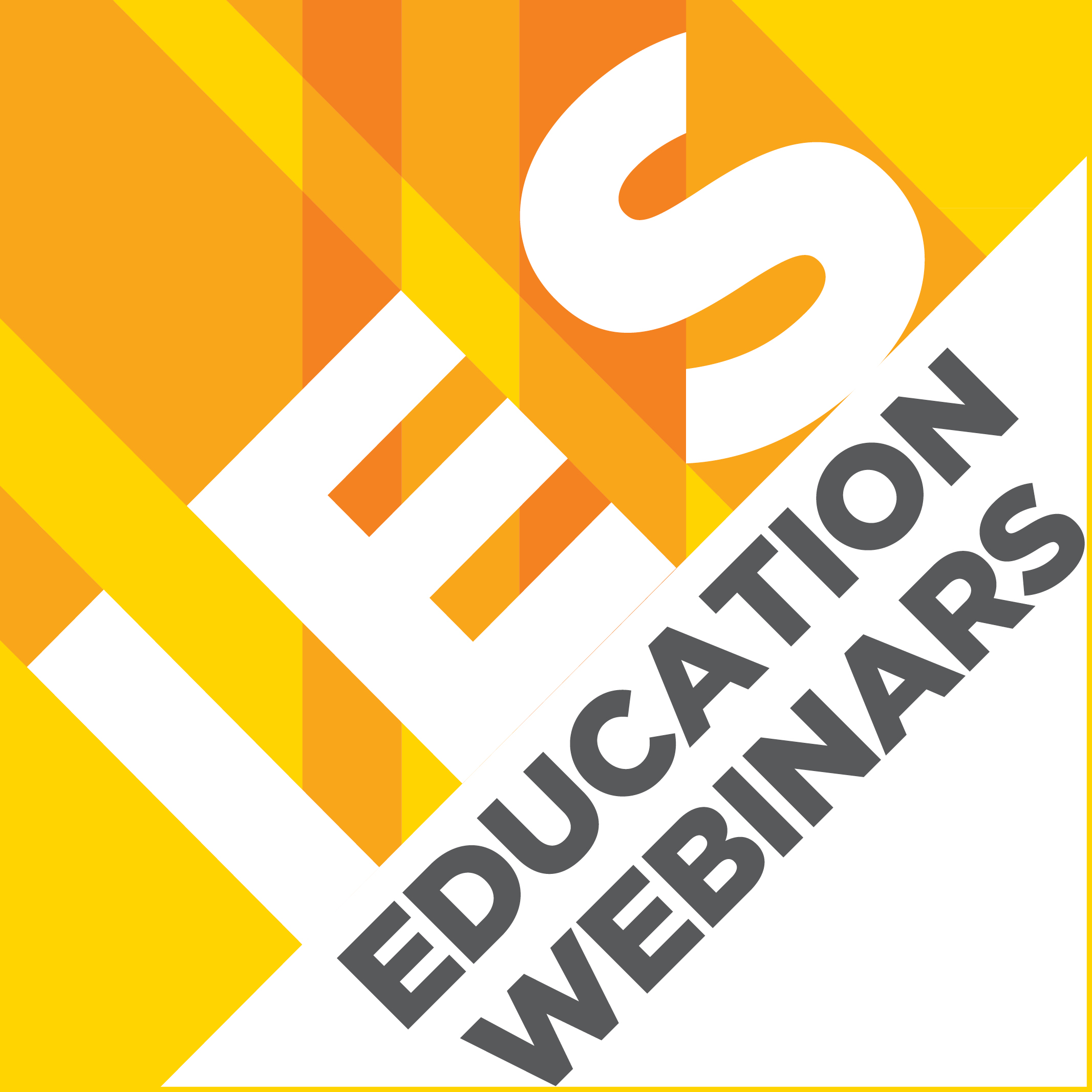
Lighting for Horticulture
-
Register
- Non-member - $40
- Member - $15

About this Course
The IES offers Educational Webinars throughout the year, purposefully spanning a broad range of topics and speaker expertise. Lighting for Horticulture was a live webinar, now available as an archived webinar and CEU course.
Description: Humans see visible light; plants perceive and respond to electromagnetic radiation. For all that we have learned and know about lighting design for architectural and roadway applications, surprisingly little of this is relevant to horticultural lighting design. Greenhouses and vertical farms may look like the proverbial “empty rectangular box” for which calculations using the Lumen Method might be sufficient, but plants are much more sophisticated than they first appear. Topics of interest include daily light integrals, short- and long-day plants, shade avoidance syndrome (SAS), red to far-red ratios (R:FR), ultraviolet resistance, photopigments (chlorophylls, phytochromes, cryptochromes, phototropins, and UVR8), photosynthesis and photomorphogenesis, secondary metabolites … the list goes on. Perhaps surprisingly, what lighting designers can bring to the conversation is knowledge of climate-based annual daylight availability. Horticultural lighting design is a fascinating and ongoing discussion between lighting designers, luminaire manufacturers, horticulturists, and floriculturists.
Learning Objectives:
By the end of this course learners will be able to...
1. Demonstrate the similarities and differences in the application of light for people and plants.
2. Learn some nuances about light's role in photosynthesis.
3. Learn how specific spectrum ranges within optical radiation, but outside the visible spectrum, impact photo-biological processes.
4. Explore the concepts of the day in the life of a plant: Daily Light Integral, Photoperiod, and Circadian Rhythms.
Key:
Ian Ashdown
Senior Scientist
Ian Ashdown is Senior Scientist for SunTracker Technologies Ltd., where he is developing horticultural lighting design software for greenhouses and vertical farms. Having formerly been Senior Scientist for Philips Ledalite, TIR Systems, Cooledge Lighting, and Lighting Analysts, he has some four decades of experience in lighting design, research and development. He currently holds 140 US patents and patent applications, and has written 42 academic papers, 100 technical articles, and the book “Radiosity: A Programmer’s Perspective.” He is an IES fellow, recipient of the 2017 IES Medal, chair of the IES Horticultural Lighting committee, a CIE/CNC Advisory Member, and an active member of the American Society of Agricultural and Biological Engineers (ASABE). He holds a Bachelor’s degree in Electrical Engineering and a Master’s Degree in Computer Science from the University of British Columbia.